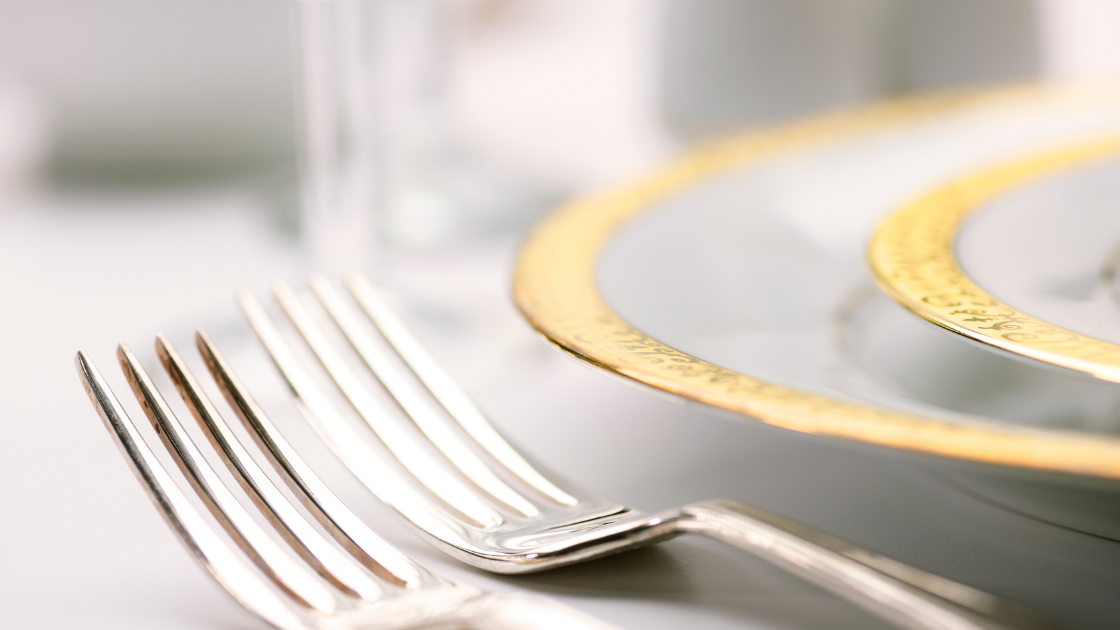Every table service style is unique, from the English style to service à la russe. With training, you can master them all! Share on XThere are many different types of table service and different styles, placements and functions. It can get confusing to understand and execute the exact right table setting but there is no space to make mistakes here. Luckily, there is a handy guide we will provide you which you can memorise and practise that should save the day for even the most complex of setups, or most demanding of guests.
What are common types of table service in restaurants and hotels?
Although this can differ from place to place, the most common types of service are the following:
- Informal silver service
- Formal silver service
- Russian service
- English service
- French service
- American service
Especially if you want to be able to work in different types of restaurants, hotels, or yachts, it is vital to understand all these different types of service and the table setting that comes with it. In a restaurant, you might get a private booking. For example a party or a wedding that requires a certain type of set up. And equally, when working in hotels or yachts you need to be ready to provide exactly that type of service and table setting the guests are looking for.
What are common types of table setting in restaurants and hotels?
Informal Silver Service
At informal settings, fewer utensils and crockery will appear on the table. As a general rule, informal settings will be dictated by the principal or manager and will be adjusted depending on the type of meal being served. Informal settings will be used in high street restaurants and private, informal settings within the household.
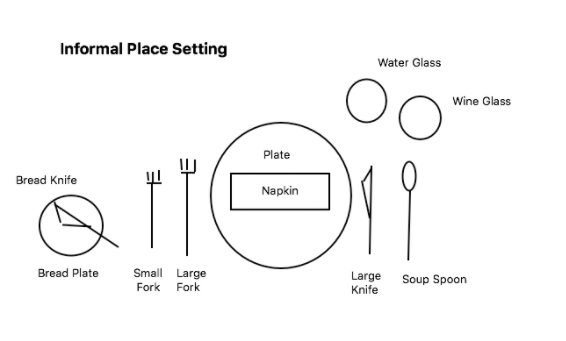
Formal Silver Service
Accuracy and precision become paramount in setting the table for formal and 5* settings. This silver service table setting is based on the informal setting. But is expanded and developed. It’s used for multiple courses both in private homes and restaurants.
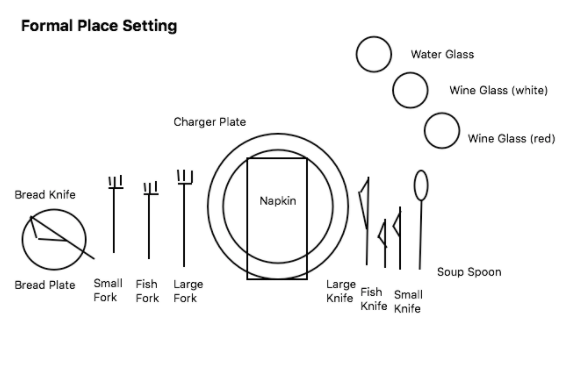
Russian Service
Service à la russe (French: “service in the Russian style”) is a manner of dining that involves courses being brought to the table sequentially. It contrasts with service à la française (“service in the French style”) in which all the food is brought out at once in an impressive display.
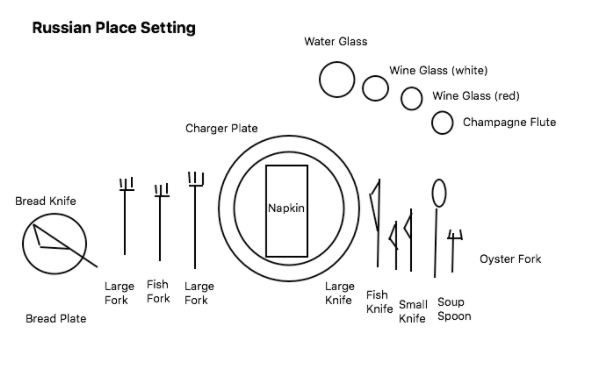
English Service
English style service, or family service, is a great way of bringing everyone together. It’s closely linked with Butler service. It’s a fabulous choice for special events, or when your guests require a high level of interaction from the host.

French Service
Service à la française (“service in the French style”) is when food is brought out at once in a big display. It originates from the French court and for modern diners is an impressive event that makes them feel like they’ve been transported back in time to the French courts. Formal dinners were served à la française from the Middle Ages until the 19th century.
American Service
This style of silver service table setting is typically used in less formal events. Such as when you want your cuisine catered, prepared and plated in the kitchen. It is an efficient and simple choice. Service is approached from the left and cleared from the right. Functional and easy to manage, this is a technique that is used around the world.
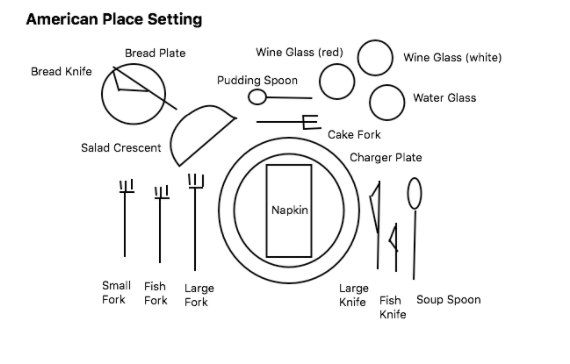
How does training help waiter and waitresses to master these skills?
Table service is difficult. Getting all the styles, placements and functions right can be tricky. It is a real art and it requires a lot of focus. And mainly, a lot of practice to become familiar with all the different settings and ways of doing things. You really do not want to have to do this for the first time on your actual job. When your boss, manager or guest might be watching you! Silver Service training will go through all (and more!) of these service types and table settings. And will spend lots of time for you to practice the different types of setup. And practise the actual service of food and drink. It simply is true that when you do something regularly, you will become better at it.
At Polo & Tweed, we run regular small group Silver Service courses. They were created, and taught by the absolute best in the industry. As well as online e-learning courses, which can be accessed by anyone all over the world. You can find all the information on the courses here and we look forward to welcoming you on one of our courses soon. And to teach you the art of all these wonderful different types of service!

